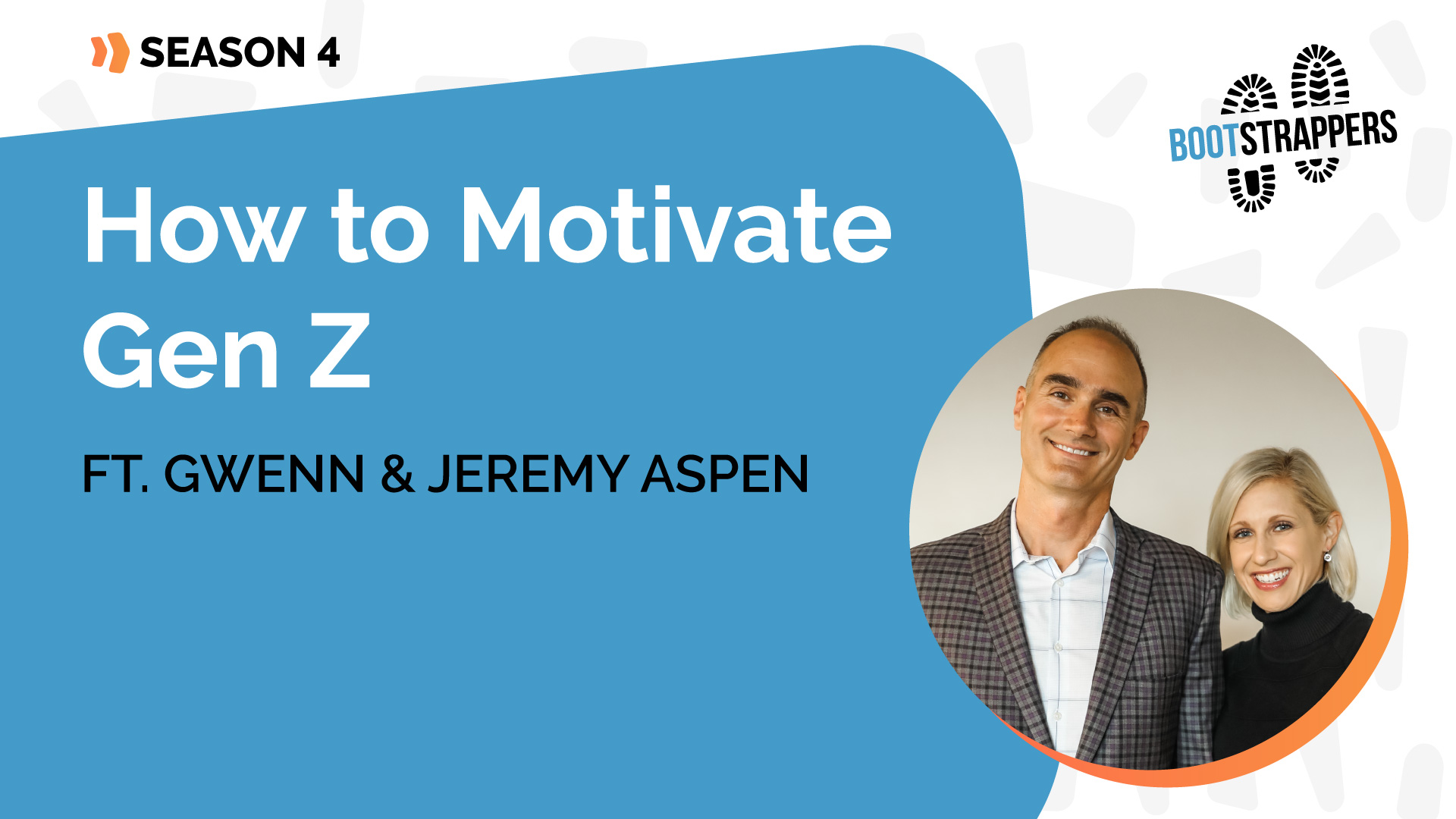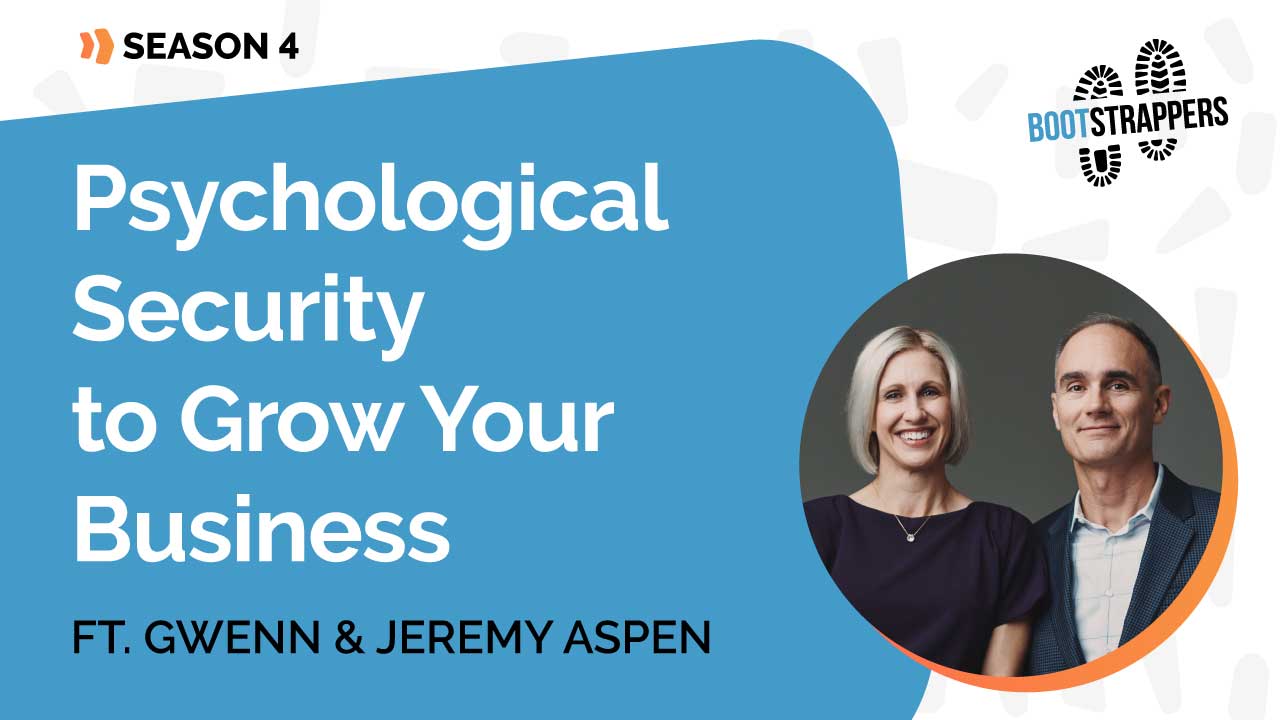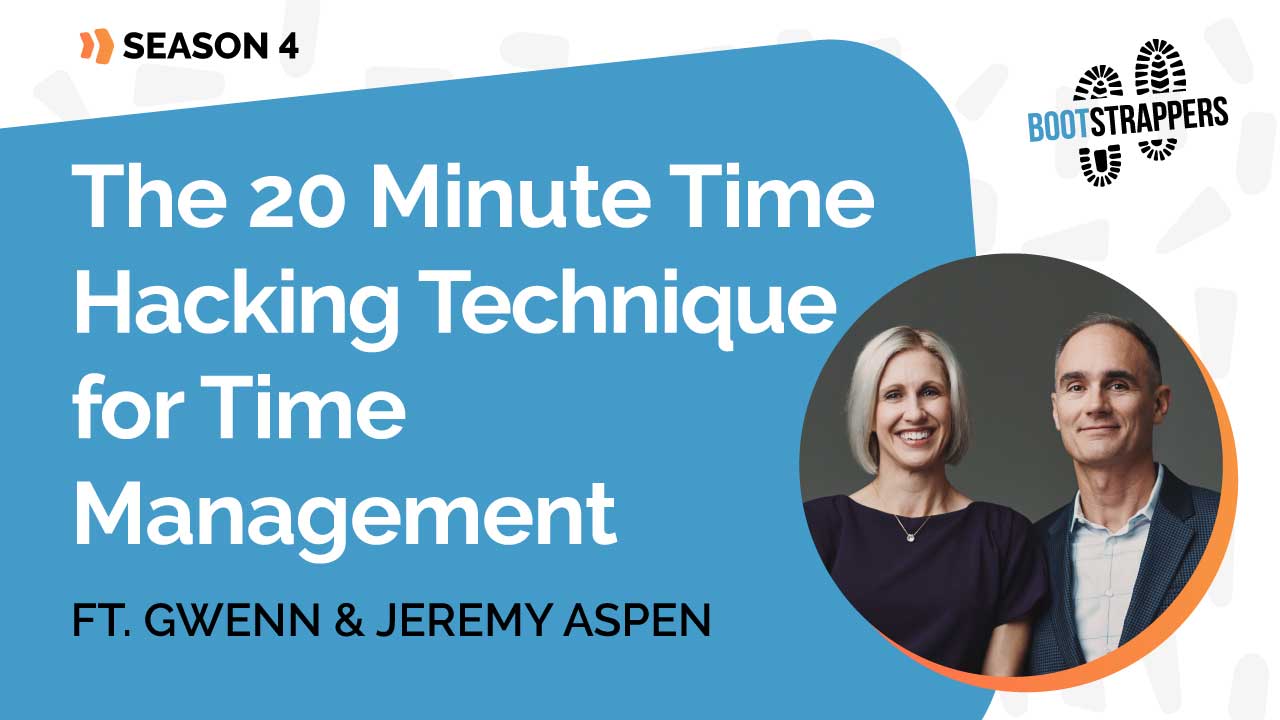The Power of Time Blocking
Imagine structuring your days in a way that each task is a step towards your goals.
Understanding Time Blocking
Time blocking is a proactive approach to calendar management, where you allocate specific blocks of time to individual tasks or types of work. It’s like creating appointments with yourself for focused work.
This method goes beyond basic to-do lists; it’s about dedicating distinct parts of your day to specific activities. By doing so, you transform your calendar into a visual roadmap of your day, where each block of time has a purpose and a goal.
Benefits of Time Blocking for Focused Work
The benefits of time blocking are multifaceted. First and foremost, it enhances focus. With clear-cut time slots for different tasks, your mind is less prone to wander.
You know exactly what you should be working on and when, reducing the mental load of constantly deciding what to do next.
This focused approach naturally reduces procrastination, as the structure of time blocks creates a sense of urgency and a deadline-driven mindset.
Moreover, time blocking elevates productivity. By dedicating blocks of time to specific tasks, you can dive deeper into work without the frequent disruptions of multitasking.
This method also allows for more realistic planning, as you can allocate time based on the complexity of tasks, ensuring that important work gets the attention it deserves.
In essence, time blocking turns your calendar into a strategic tool, aligning your daily actions with your larger goals and ensuring that every minute counts.

The Crucial Role of Buffer Time
Buffer time is an often underestimated component of effective scheduling. It refers to intentional gaps placed between appointments, meetings, or task blocks in your calendar.
These are not empty spaces but strategic pauses that provide a cushion against the day’s unpredictability. The significance of buffer time lies in its ability to absorb overruns, delays, or unexpected tasks, preventing a domino effect on your schedule.
It’s the breathing room that allows for a seamless transition from one activity to another, ensuring that you’re not constantly racing against the clock.
Integrating Buffer Time into Your Schedule
To effectively incorporate buffer time, start by assessing the nature of your tasks and meetings. For instance, if a meeting is likely to spark follow-up tasks, schedule a buffer afterward to address these immediately.
Here are some practical tips:
- Plan for Transition: Allocate 5-10 minutes between tasks for mental preparation and physical transition, ensuring you’re fully present for each new activity.
- Anticipate Overruns: For meetings, especially those known to extend, schedule an extra 15 minutes beyond their planned end time.
- Reflect and Regroup: Use buffer time to briefly reflect on the completed task and mentally prepare for the next, maintaining clarity and focus throughout the day.
- Flexibility for Urgencies: Reserve some buffer slots in your day for unforeseen urgencies, allowing you to address them without disrupting your entire schedule.
By integrating buffer time, you’re not just planning your work; you’re planning for the unpredictable, ensuring your day runs smoother and more efficiently.
Balancing Flexibility and Structure in Scheduling
A structured schedule is more than a well-organized calendar; it’s a roadmap to achieving your goals.
This approach to scheduling offers numerous benefits. Firstly, it brings clarity to your day, allowing you to see at a glance what needs to be accomplished.
This clarity reduces the mental load of decision-making, freeing up cognitive resources for more demanding tasks.
Secondly, a structured schedule enhances productivity by ensuring that important tasks are not just planned but also executed. It allows for deep work periods, where you can focus on complex tasks without interruption.
Lastly, a structured schedule can improve work-life balance.
By clearly delineating work time from personal time, it helps in setting boundaries, ensuring that both areas of life receive the attention they deserve.

Adding Flexibility to Your Calendar
While structure is key, incorporating flexibility into your schedule is equally important. Flexibility allows you to adapt to unforeseen circumstances without derailing your entire day.
To add flexibility, you can:
- Block Time for the Unplanned: Reserve slots in your calendar for unexpected tasks or opportunities. This could be an hour each day or a few hours per week.
- Set Priorities: Clearly define your priorities. When something unexpected arises, you can quickly assess whether it’s more important than what’s currently on your schedule.
- Review and Adjust Regularly: Make it a habit to review your schedule regularly and adjust as needed. This could be at the end of each day or first thing in the morning.
- Embrace the 80/20 Rule: Aim for your schedule to be structured 80% of the time, leaving 20% for flexibility. This balance ensures that you’re productive, yet adaptable to changes.
By balancing structure with flexibility, you create a schedule that is both robust and resilient, capable of supporting you in achieving your goals while adapting to the dynamic nature of everyday life.
Advanced Time Management Strategies
Enhancing productivity often requires a blend of various time management strategies, and time blocking is no exception. Integrating it with other techniques can create a powerhouse of efficiency.
For instance, pair time blocking with the Pomodoro Technique: work in focused time blocks (say, 25 minutes) followed by a short break. This combination maximizes focus and minimizes burnout.
Another effective pairing is with task batching, grouping similar tasks together within a time block to reduce context-switching and increase efficiency.
Additionally, incorporating the Eisenhower Matrix within your time blocks can help prioritize tasks based on their urgency and importance, ensuring that your focus is always on the most impactful activities.
Adapting Scheduling Techniques to Different Work Styles
Time management is not one-size-fits-all. It’s crucial to adapt these techniques to fit your unique work style and preferences.
For instance, if you’re a morning person, schedule your most challenging tasks in morning time blocks when your energy is highest. If you thrive later in the day, adjust accordingly.
Flexibility is key for those who deal with frequent interruptions; shorter time blocks with more buffer time can help. For those who juggle multiple projects, color-coding time blocks for different projects can provide a clear visual cue for shifting focus.
The goal is to mold these strategies around your personal rhythms and needs, creating a customized approach that enhances your productivity while also respecting your natural working style.

Common Challenges and Solutions in Scheduling
Implementing effective scheduling techniques often comes with its set of challenges. One common issue is underestimating the time required for tasks, leading to over-packed schedules and burnout.
The solution lies in being realistic with time estimates and including buffer time. Another frequent obstacle is the temptation to multitask, especially during designated time blocks.
Overcoming this requires a disciplined focus on one task at a time, perhaps aided by tools like app blockers or focused work environments.
Resistance to change can also be a hurdle, particularly when transitioning to a more structured approach. Here, gradual implementation and self-compassion during the adjustment period are key.
Case Studies: Successful Implementation of Scheduling Strategies
Real-world examples abound on the successful implementation of effective scheduling.
Consider a marketing team that adopted time blocking for their creative and administrative tasks. They reported a 30% increase in productivity and a significant decrease in overtime hours.
Another example is a freelance graphic designer who struggled with deadlines. By integrating the Pomodoro Technique with time blocking, they managed to complete projects more efficiently, reducing stress and improving client satisfaction.
A third case involves a small business owner who implemented buffer times between meetings. This adjustment allowed for better preparation and follow-up, leading to more productive meetings and enhanced business relationships.
These examples showcase how tailored scheduling strategies can lead to marked improvements in productivity, work satisfaction, and overall time management.
Embracing a Holistic Approach to Calendar Management
A holistic approach to calendar management is about more than just adopting a single strategy; it’s about how different techniques interplay and complement each other.
For instance, time blocking can be integrated with the Eisenhower Matrix for prioritizing tasks within each block. Pairing buffer time with the Pomodoro Technique can offer structured work periods with necessary breaks and contingency time.
This synergy of methods creates a well-rounded schedule that accommodates focused work, prioritization, and unexpected demands. It’s like a well-orchestrated symphony where each technique plays its part, leading to a more harmonious and productive day.

The Impact of Effective Scheduling on Overall Productivity
The impact of effective scheduling on overall productivity and work-life balance is profound. A well-managed calendar leads to more than just ticking off tasks; it contributes to a sense of control and achievement.
By efficiently allocating time to different tasks, there’s a noticeable increase in productivity, with less time wasted on indecision and unproductive multitasking.
Moreover, when work-life boundaries are clearly defined through scheduling, it results in better mental health and job satisfaction.
The ripple effect of these benefits can be seen in various aspects of professional and personal life, from improved focus and creativity to enhanced relationships and well-being.
In essence, mastering the art of scheduling is not just about managing time; it’s about enriching life.
Final Thoughts
In this journey through effective scheduling, we’ve explored several key techniques, each with its unique benefits.
Time blocking enhances focus and productivity, buffer time provides necessary breaks and contingency, and balancing structure with flexibility ensures adaptability.
We also discussed combining different strategies for a holistic approach and highlighted the significant impact these techniques have on overall productivity and work-life balance.
The importance of personalized scheduling cannot be overstated. Effective calendar management is not a one-size-fits-all solution; it requires tailoring these strategies to fit your unique work style and preferences.
The true value lies in customization – adapting these methods to your specific needs and rhythms.
We encourage you to experiment with these techniques. Try time blocking for a week, integrate buffer times into your schedule, or mix different strategies to find your ideal balance.
The goal is to discover a scheduling method that not only enhances your productivity but also aligns with your lifestyle, ultimately leading to a more fulfilled and balanced professional life.
Ready to take your productivity to the next level?
Anequim’s Remote Professionals can help you implement these scheduling techniques seamlessly into your work life. Whether it’s managing your calendar, handling tasks, or optimizing your daily workflow, our team is here to support you.
Discover how Anequim can transform your workday efficiency and allow you to focus on what matters most.
Connect with us today and unlock the full potential of your schedule!

Frequently Asked Questions (FAQs)
Welcome to our FAQ section. Here, you’ll find straightforward answers to common questions. If you don’t see what you’re looking for, feel free to contact us for more information. We’re always ready to assist.
What is time blocking and how does it improve productivity?
Time blocking is a scheduling method where you allocate specific blocks of time to individual tasks or groups of tasks. It improves productivity by reducing the mental load of deciding what to do next, allowing for deep, focused work without interruptions.
How does buffer time help in managing a busy schedule?
Buffer time is a deliberate break placed between tasks or meetings. It absorbs overruns, delays, or unexpected tasks, preventing schedule disruptions and providing transitions, which helps in managing a busy schedule more effectively.
Can a structured schedule also be flexible?
Yes, a structured schedule can incorporate flexibility by reserving time slots for unforeseen tasks or by regularly reviewing and adjusting the schedule. This approach balances the need for order with the unpredictability of daily work.
How can I adapt scheduling techniques to my work style?
Identify your peak productivity periods and schedule demanding tasks accordingly. Use shorter time blocks if you face frequent interruptions, and adjust the blend of strategies (like time blocking with the Pomodoro Technique) to suit your preferences.
What are the common challenges in implementing effective scheduling techniques?
Common challenges include underestimating task duration, the temptation to multitask, and resistance to change. Overcoming these requires realistic time estimates, disciplined focus, and gradual implementation of new techniques.
What are the benefits of combining different scheduling techniques?
Combining different techniques, like time blocking with task batching, enhances overall efficiency by minimizing context-switching, optimizing focus, and ensuring a comprehensive approach to time management.
How can time management strategies impact work-life balance?
Effective time management strategies like prioritizing tasks and setting clear boundaries between work and personal time help in achieving a better work-life balance, leading to improved mental health and job satisfaction.
What is the 80/20 rule in scheduling?
The 80/20 rule in scheduling suggests having 80% of your time structured and 20% flexible. This balance allows for focused work while accommodating unexpected tasks or opportunities.
How do I deal with the urge to multitask during time-blocked periods?
To resist multitasking, set clear goals for each time block, remove distractions, and use tools like app blockers. Remind yourself of the benefits of focused work for each task.
Can effective scheduling techniques be used by teams in a workplace?
Absolutely. Teams can use these techniques to align their goals, coordinate tasks, and manage collective time more effectively. This enhances collaboration and overall team productivity.
What types of businesses can benefit from Anequim’s remote virtual assistant services?
Anequim’s services are ideal for any business looking to build an efficient team at a lower cost, whether they are small startups or large corporations, across various industries.
How does Anequim ensure the quality of its remote professionals?
Anequim specializes in recruiting high-skill professionals from Mexico, focusing on long-term employee retention and satisfaction. Their rigorous recruitment process ensures that each professional is not only skilled but also aligns with the company’s culture and values.
Can Anequim provide virtual assistance for specialized or industry-specific tasks?
Yes, Anequim caters to a range of business needs by providing remote professionals with diverse skill sets, including those with industry-specific expertise.
What makes Anequim’s approach to team building unique?
Anequim’s approach involves a strategy call to understand a business’s specific needs, followed by a detailed and customized recruitment process. This ensures the creation of a team that aligns well with the business’s culture and goals.
How does Anequim handle the management of remote teams?
Anequim offers comprehensive remote business support, handling the hiring, management, and coordination of remote teams, allowing business owners to focus on core activities.
What kind of support can I expect from Anequim’s remote call center services?
Anequim’s remote call center services provide professional, process-driven support, including customer service, technical support, and other call center functions tailored to the specific needs of the business.
How does Anequim contribute to cost savings for businesses?
By providing skilled remote professionals, Anequim helps businesses build effective teams without the overhead costs associated with traditional in-house staffing.
Can Anequim assist with short-term projects or is their focus on long-term assistance?
While Anequim focuses on long-term employee retention and satisfaction, they can tailor their services to meet the needs of short-term projects as well.
How does Anequim ensure smooth communication and integration of remote professionals into existing teams?
Anequim focuses on selecting professionals who are not only skilled but also adept at communication and teamwork. They also provide support and guidance for seamless integration into existing teams.
Is there flexibility in the scale of services provided by Anequim, from individual professionals to complete teams?
Yes, Anequim offers flexible solutions ranging from individual remote professionals for specific tasks to complete remote teams, allowing businesses to scale their services according to their needs.

























































